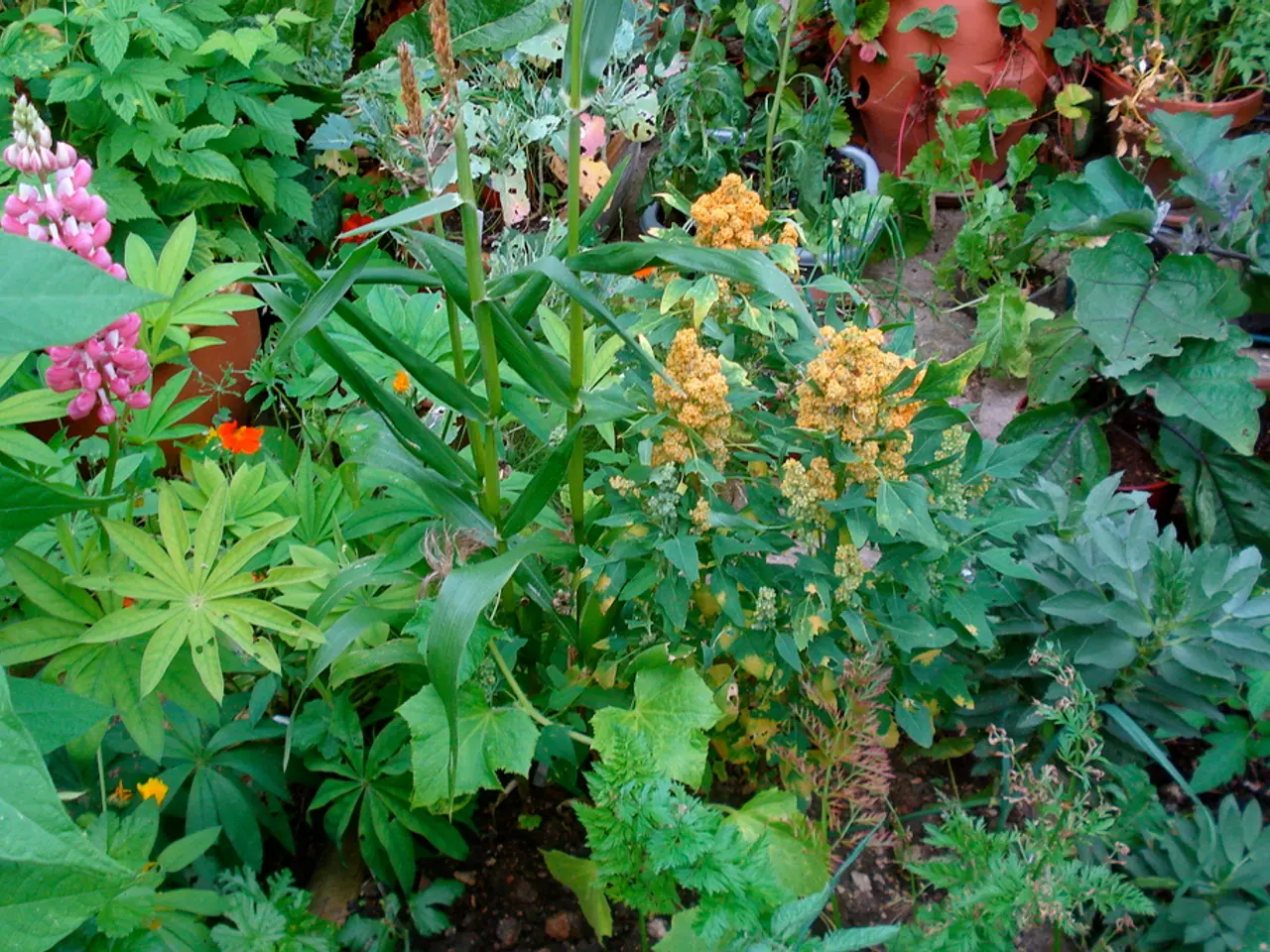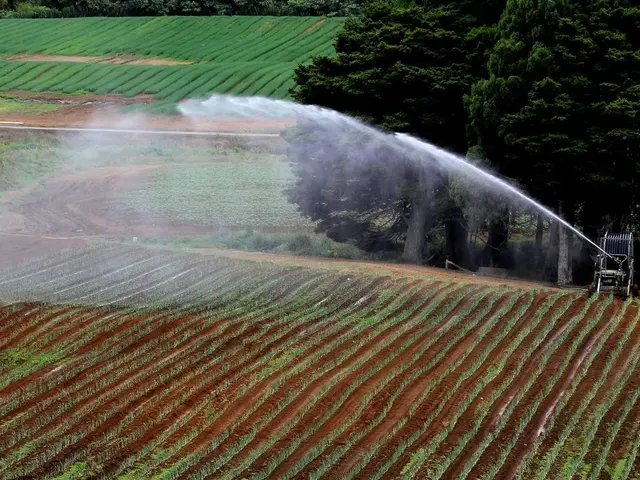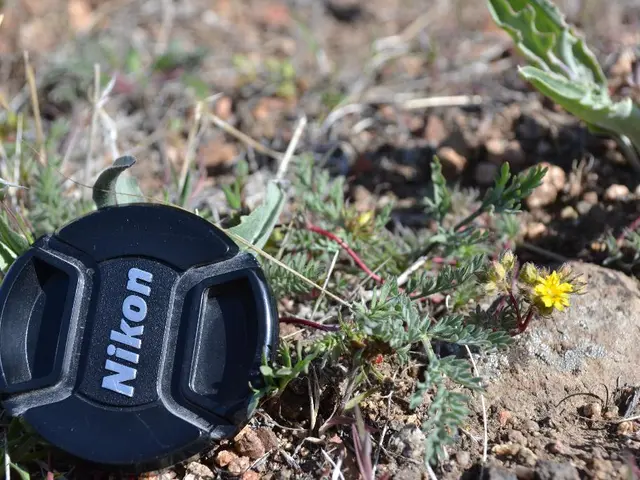Comprehensive Guide for Amaryllis Cultivation: All Essential Tips for Nurturing Amaryllis Flowers
Amaryllis plants, known for their striking flowers, are a popular choice for both indoor and outdoor gardening. Here's a detailed guide on how to care for these beautiful blooms, ensuring they thrive and bloom spectacularly year after year.
**Light**
Once sprouted, Amaryllis requires ample sunshine. A south-facing window or sunroom provides the bright, indirect light it prefers to thrive and bloom.
**Water**
Water the plant only when the top inch of the potting mix is dry to avoid bulb rot. After planting the bulb, water lightly to settle the soil but avoid overwatering, especially before sprouting. After flowering, continue watering and fertilizing until the leaves die back. Once the leaves turn brown (during summer dormancy), stop watering until the next growth cycle.
**Temperature**
Amaryllis performs best at temperatures between 70-80°F (21-27°C) during growth and flowering. Keep the pot where the temperature stays above 60°F (15°C) to encourage sprouting. Cooler temperatures after blooming help to extend flower freshness.
**Humidity**
While exact humidity requirements are not emphasized specifically for amaryllis, typical indoor home humidity is usually sufficient. Avoid overly humid conditions that could promote bulb rot.
**Soil**
Use a well-draining potting mix. Cocopeat or similar soilless medium can be used, but ensure the bulb is planted so that the top one-third of the bulb is exposed. This helps prevent rot and promotes healthy growth.
**Fertilizer**
Feed the growing and flowering amaryllis with a balanced liquid fertilizer to replenish the bulb's energy. Regular feeding supports blooming year after year. Stop fertilizing during dormancy and resume when new growth begins in spring.
**Problems**
Amaryllis bulbs may be susceptible to rot if overwatered or planted too deeply. Weak bulbs that are forced to bloom early multiple years in a row can weaken and may fail to flower. It is recommended not to force the same bulb to flower more than once every three years to maintain bulb health.
**Propagation**
Propagation is primarily by bulbs. Some bulbs produce offsets that can be separated and grown individually. Allow bulbs to complete their natural dormant cycle before forcing growth again.
**Repotting**
When repotting, choose a pot just large enough to accommodate the bulb with room for root growth. Use a well-draining medium and plant the bulb with its upper third exposed. Repotting can be done when the plant is dormant or before starting a new growth cycle.
**Care After Blooming**
After flowering, cut off spent flowers to prevent seed formation, but continue to water and fertilize to allow the leaves to photosynthesize and restore the bulb's energy. When the leaves naturally die back, stop watering to initiate dormancy. Begin watering again in spring to wake the bulb for the next growth cycle.
This comprehensive care approach ensures your amaryllis bulbs will bloom spectacularly year after year. The plants can grow to a height of 18-36 inches (46-91 cm), and their flowers come in hues of red, pink, apricot, and burgundy. If your amaryllis is all leaves and no flowers, it might need to enter its dormant period before it can bloom again.
The botanical name for Amaryllis is Amaryllis, and it is hardy in USDA zones 8-11. It prefers standard potting soil or a mix of 2 parts loam, 1 part perlite, and 1 part compost. Mealybugs may infest plants that are moved outdoors for summer, and the plants spread approximately 2 feet (0.6 m).
Drooping amaryllis leaves could be caused by too little light, too much fertilizer, or improper watering. A common commercial disease that attacks leaves and stems with red streaks is known as red blotch, also known as amaryllis leaf scorch.
When growing Amaryllis outdoors, the bulbs should be divided in autumn or early spring. The plants enjoy being pot bound, but it will require a soil change every 2-3 years. Overwatering can cause Amaryllis bulbs to rot, and it is best to water when the soil surface is dry to touch.
After caring for the Amaryllis plants as detailed, they can thrive not just indoors but also outdoors as part of your home-and-garden lifestyle. With their striking flowers blooming in various hues, they make a stunning addition to any lifestyle that appreciates home-and-garden pursuits, like gardening. It's essential to ensure sufficient sunlight, well-draining soil, and the right temperatures to enable this beautiful bloom to grow and bloom spectacularly year after year.




